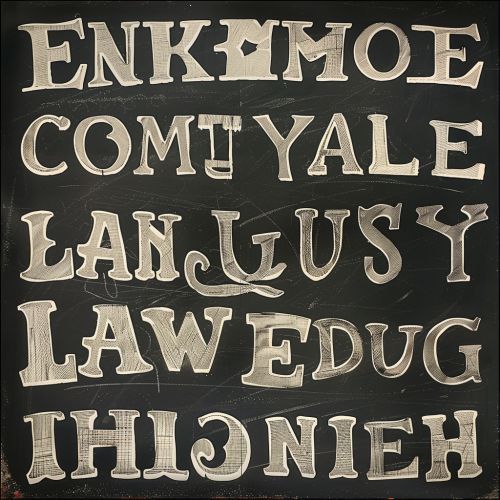English Abbreviations
Introduction
English abbreviations are a fundamental aspect of the language, serving to simplify communication by shortening lengthy phrases and terms. Abbreviations are used in various contexts, including academic writing, business communication, and everyday conversation. This article delves into the different types of abbreviations, their historical development, usage rules, and their impact on modern English.
Types of Abbreviations
Abbreviations in English can be broadly categorized into several types, each serving a unique purpose in communication.
Initialisms
Initialisms are abbreviations formed from the initial letters of a series of words, pronounced separately. Examples include:
Acronyms
Acronyms are similar to initialisms but are pronounced as words. Examples include:
- NASA - National Aeronautics and Space Administration
- RADAR - Radio Detection and Ranging
- SCUBA - Self-Contained Underwater Breathing Apparatus
Clippings
Clippings are shortened forms of words where a part of the original word is omitted. Examples include:
Blends
Blends are formed by combining parts of two or more words. Examples include:
Contractions
Contractions are formed by omitting certain letters and often replacing them with an apostrophe. Examples include:
Historical Development
The use of abbreviations dates back to ancient times, with evidence found in Latin manuscripts and inscriptions. The Romans frequently used abbreviations in their writing to save space on expensive materials like parchment and stone. Medieval scribes continued this tradition, developing a complex system of abbreviations to expedite the copying of texts.
In the modern era, the proliferation of abbreviations accelerated with the advent of the telegraph in the 19th century. Telegraph operators used abbreviations to reduce the cost of sending messages. The rise of digital communication in the 20th and 21st centuries further popularized abbreviations, particularly in the context of SMS and IRC.
Usage Rules
While abbreviations can simplify communication, their use is governed by certain rules to ensure clarity and consistency.
Context and Audience
The appropriateness of abbreviations depends on the context and audience. In formal writing, such as academic papers and business reports, it is advisable to spell out terms on first use, followed by the abbreviation in parentheses. For example: "The World Health Organization (WHO) has issued new guidelines."
Punctuation
Punctuation in abbreviations varies. Initialisms often include periods (e.g., U.S.A.), though modern usage increasingly omits them (e.g., USA). Contractions use apostrophes to indicate omitted letters (e.g., don't).
Plurals
The plural forms of abbreviations can be formed by adding an "s" without an apostrophe (e.g., CDs, DVDs). However, for abbreviations ending in "S," an apostrophe may be used to avoid confusion (e.g., SOS's).
Impact on Modern English
Abbreviations have significantly influenced modern English, particularly in digital communication. The brevity required by platforms like Twitter and text messaging has led to the creation of numerous abbreviations and acronyms, such as:
These abbreviations have permeated spoken language, reflecting the dynamic and evolving nature of English.
See Also


